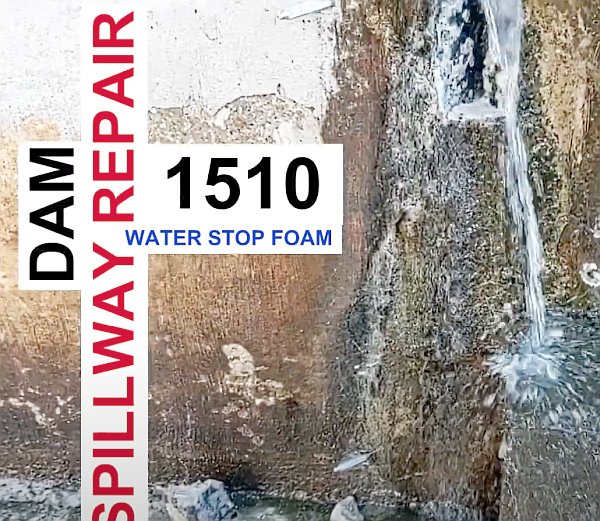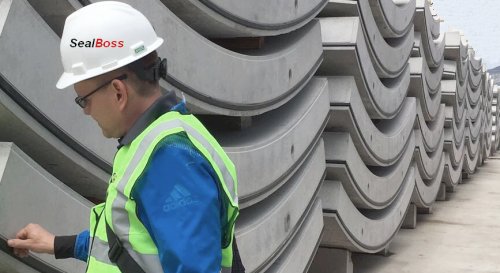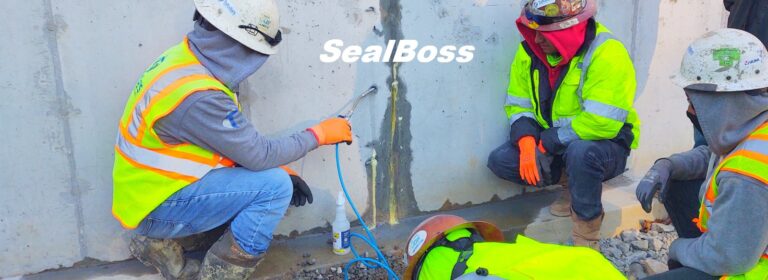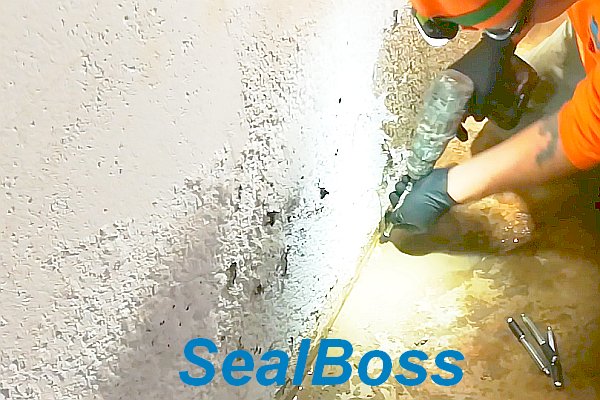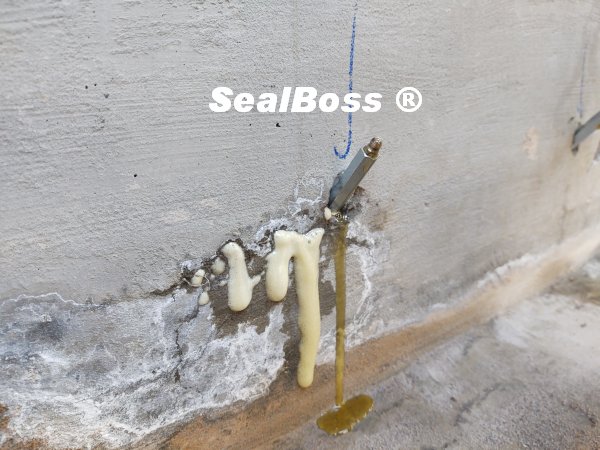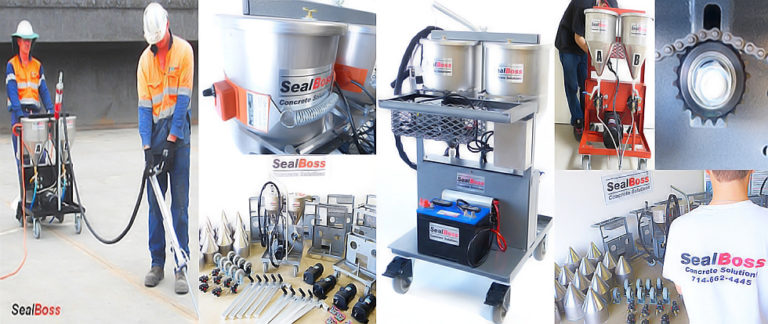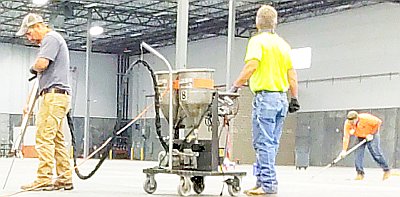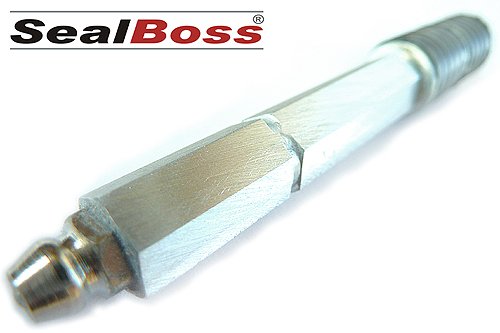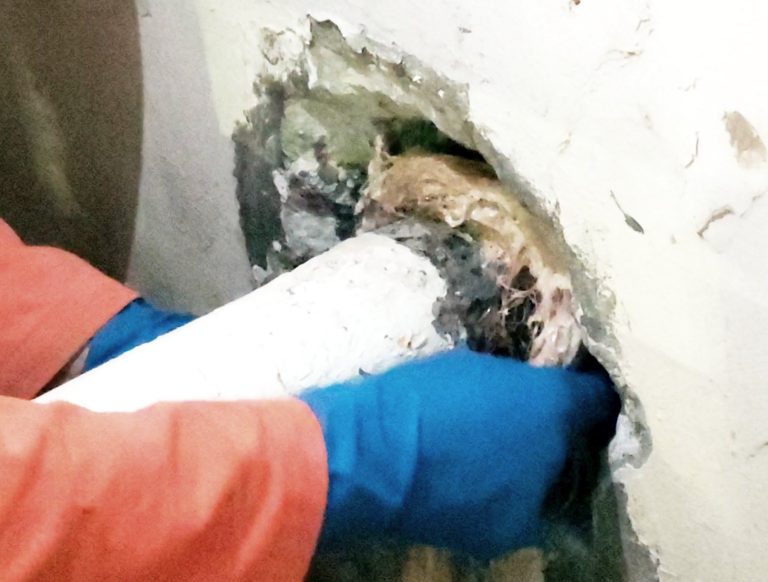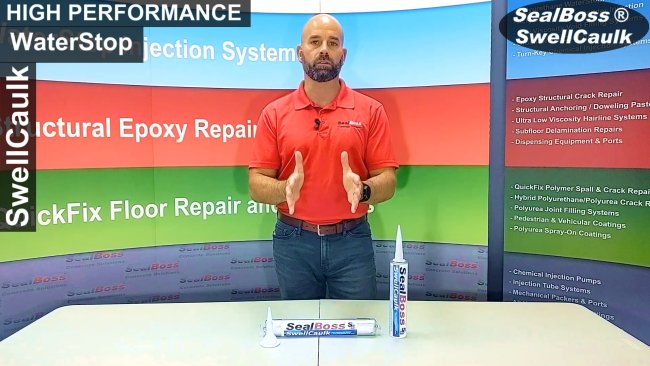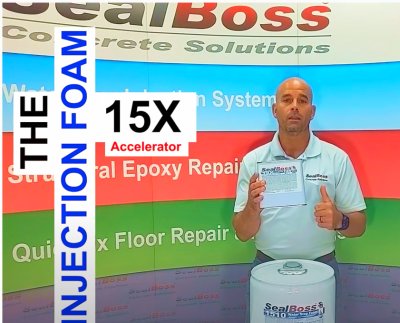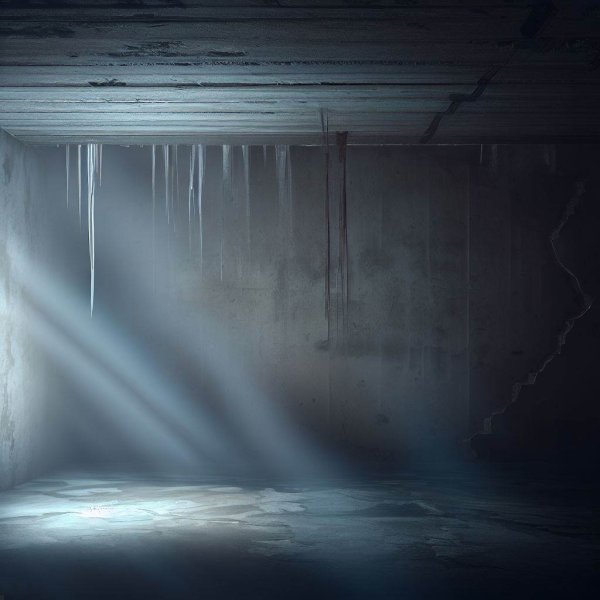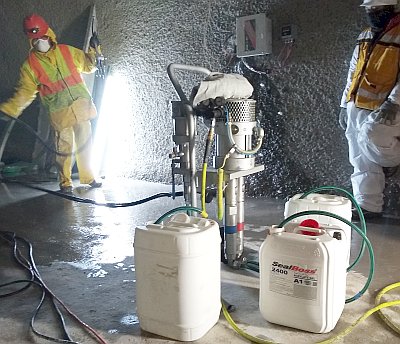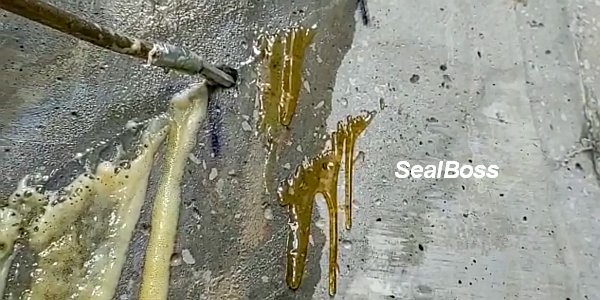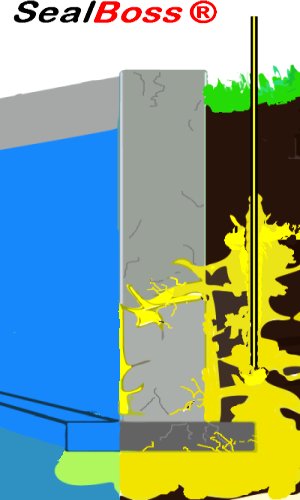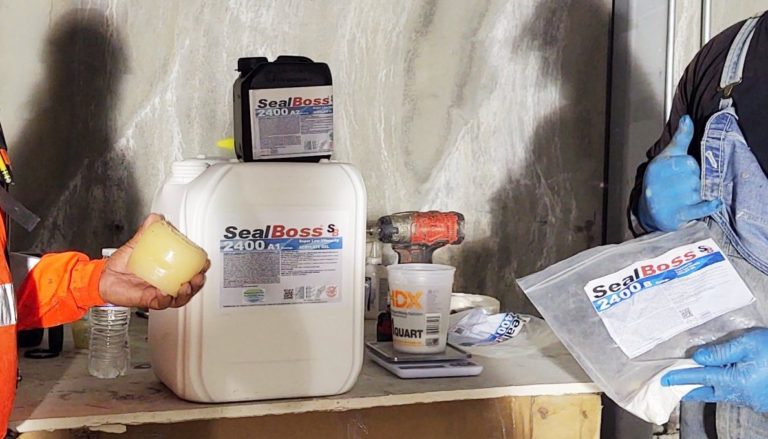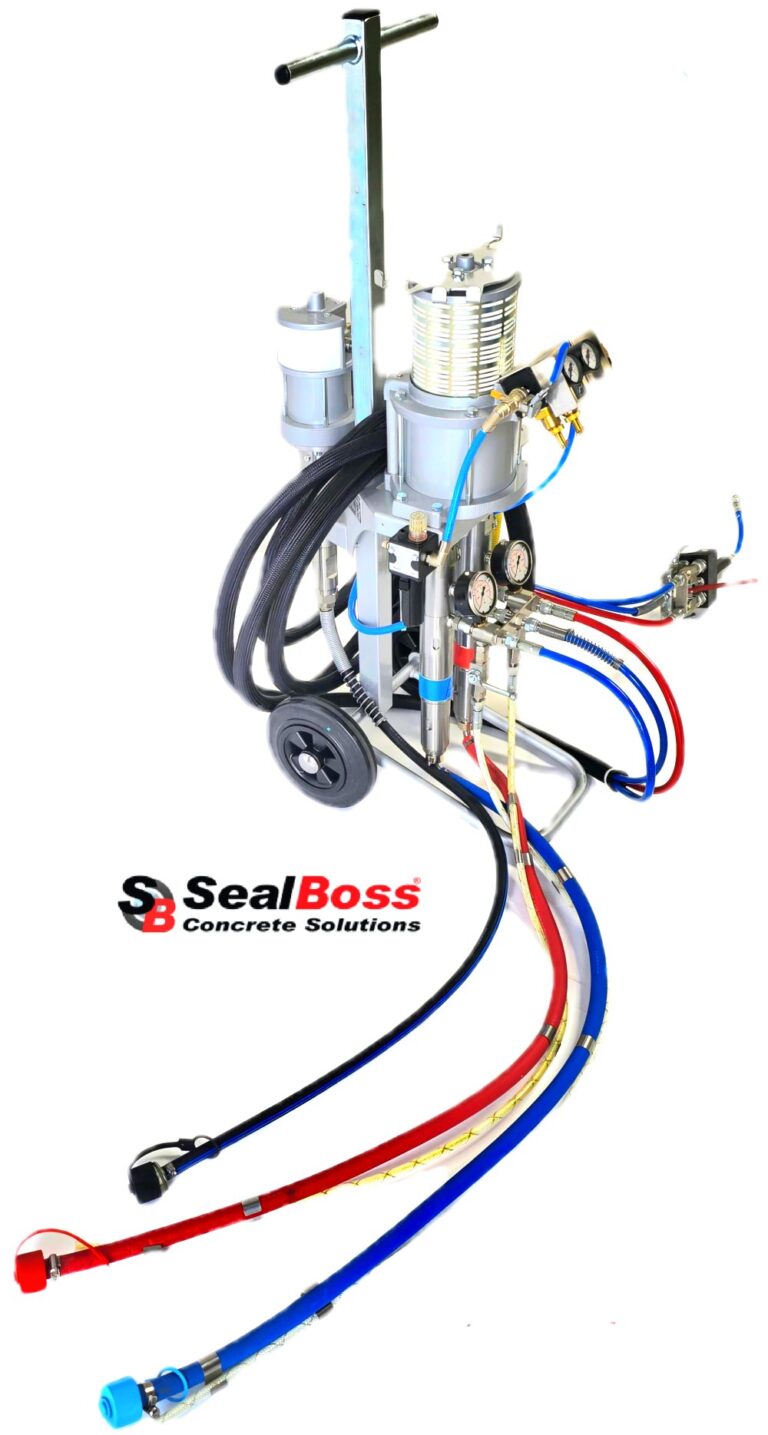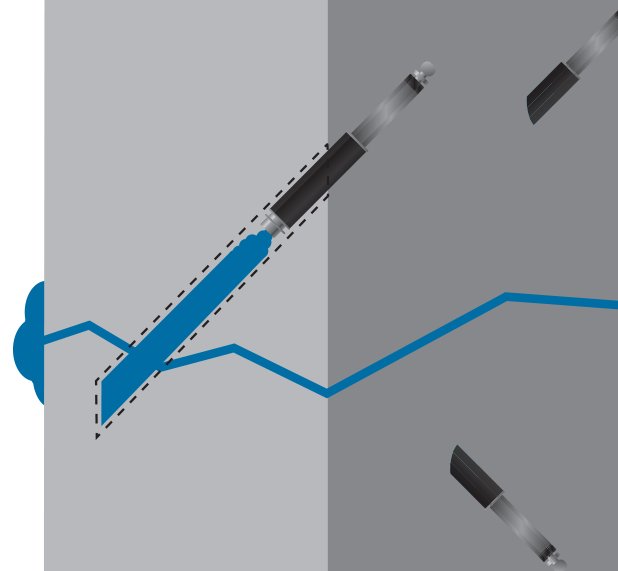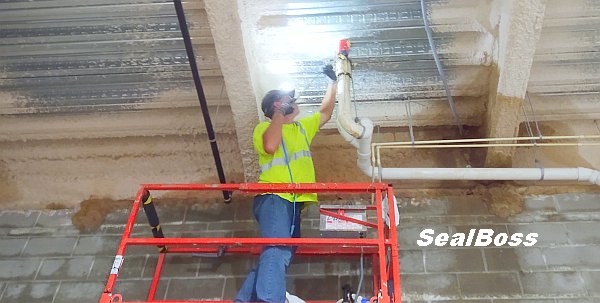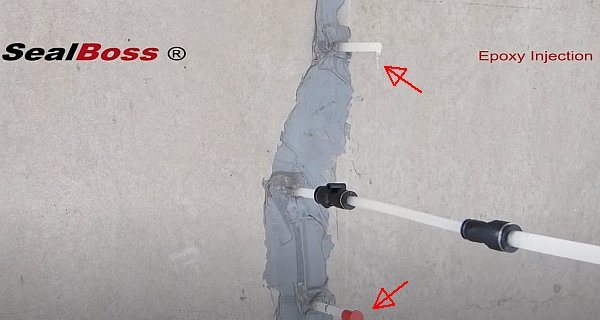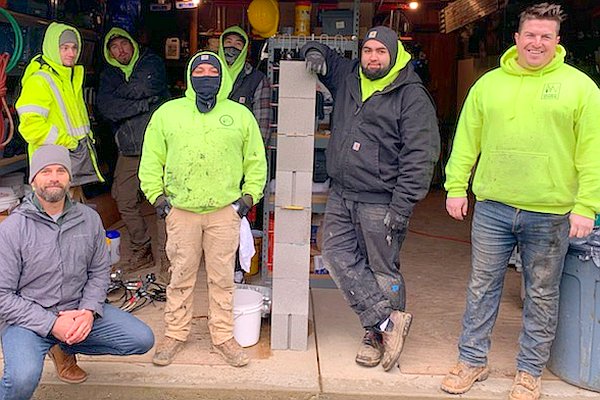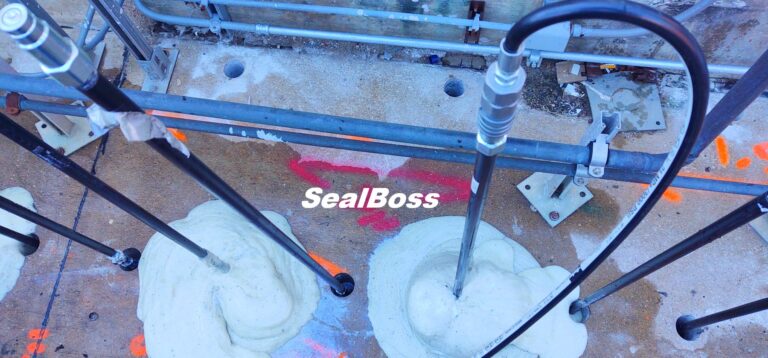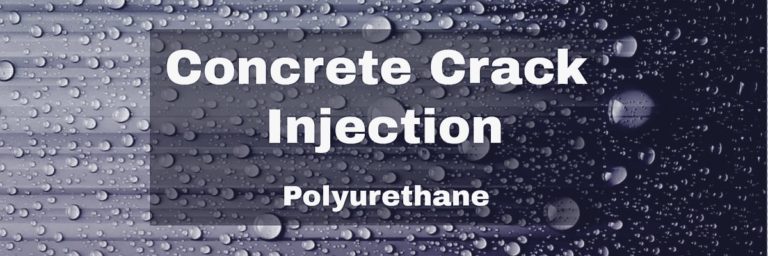Blanket Injection
Horizontal Waterproofing Injection Technique
What is Blanket Injection?
The process of Blanket Injection or Horizontal Curtain Injection involves injecting a water activated, single component polyurethane foam or gel resin into the space between a slab and the supporting soil substrate for the purpose of providing a waterproofing barrier. The objective is to prevent erosion and water seepage from below the slab through any cracks and joints.
Blanket Injection and Curtain Injection are considered primarily waterproofing injection methods and should be performed using chemical grout resins with excellent penetration and moderate gel time properties. With accelerator controlled systems, gel times are adjustable to suit the individual conditions on the jobsite.
If left untreated, cracks and joints in concrete slabs permit water migration into the structure driven by hydrostatic pressure — leading to rebar corrosion, mold, and further destruction of other infrastructure, including damages to walls, doors, furniture, equipment and more.
Void Fill and Blanket Injection with SealBoss 1510 Polyurethane Chemical Grout
Scope
A mixed-use, commercial and agricultural building in Oklahoma had a water pipe burst under substantial hydrostatic pressure, causing significant erosion under the concrete floor with the potential for subsequent water ingress through cracks and joints throughout the whole mixed-use building.
Solution
The proposed solution was to fill the voids and to create a waterproof barrier und the slab using the Blanket Injection Method.
Filling of the voids and creating waterproof barrier underneath the slab was achieved by using an expandable, water-activated, single component hydrophobic chemical injection grout with excellent void filling, penetration, and waterproofing properties.
The gel time needed to be adjustable for shorter and longer gel times. The product had to react on contact with moisture, and the expansion pressure had to be controllable, to avoid any lifting of the slab.
SealBoss 1510 with SealBoss 15X Accelerator were the products of choice.
Overview of Repair
Injection packers were set in a grid pattern, roughly a three foot on center grid with an expected travel of one and a half feet in all directions from the point of injection. The expected travel would be accomplished by varying the SealBoss 15x accelerator/catalyst percentage between 5% and 20% by volume based on real time behavior of substrate.
Monitoring
Since this application was performed during a contractor training, travel of foam was monitored in three separate ways to visualize the effectiveness of the repair.
Firstly, the removal of an adjacent packer creates a control hole for the successful spread of injection grout, and an immediate path of least resistance, allowing for some displaced substrate and water to escape from the open hole rather than building up and creating blockages.
In addition, a Borescope and a Thermo-Imaging Camera were used to visually enhance the training. However, neither a borescope, nor a thermographic camera are essential tools for successful blanket and curtain injection procedures.
The borescope was used to get a visual of the void prior to injection and to observe the travel of foam during the injection process. The thermo-imaging camera was utilized during the injection process to visualize the spread of the expanding exothermic injection grout.
Find more information on the use of thermography for injection process monitoring here.
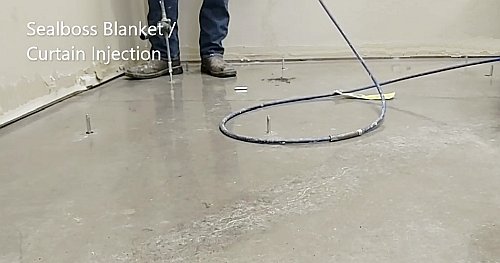
Injection Process
During the blanket injection process, the resin was injected into each packer in up to one-half gallon intervals with varied Sealboss 15X catalyst percentages added.
During the Injection it was determined that all perimeter packers in the injection grid would be injected with 15% to 20% SealBoss 15X catalyst added. This percentage results in a more aggressively reacting foam, creating a dam like structure between the slab and substrate, specifically along the perimeter of the injection area. While injecting the perimeter packers the adjacent interior packer was removed to monitor volume of resin needed to make real time adjustments to injected resin volume.
Once all perimeter packers had been injected, interior packers were injected working towards the center of the room injecting in intervals and monitoring resin flow.
The interior packers of the grid were injected with a slower, less reactive foam, catalyzed at a ratio of only five to ten per cent, resulting in a longer gel time, decreased expansion speed and reduced expansion rate — allowing the chemical injection grout to travel much further during injection.
With a varying void depth of up to one inch in an 18’ x 20’ area, 20 gallons of SealBoss 1510 and 2 gallons of 15x Catalyst were used.
Materials and Tools Used
Learn More
Please don’t hesitate to call us at 714-662-4445 with any questions, or request to be contacted here, we look forward to helping you find a solution. On-site support from knowledgeable and experienced technical reps is available upon request. Check out our Crack Injection Kits.
Note: For slablifting and structural void filling applications please cross-reference dry-reactive, moisture independent, fast reactive two component lifting and void fill foam SealBoss 1640
Curtain Injection Links





























